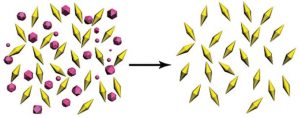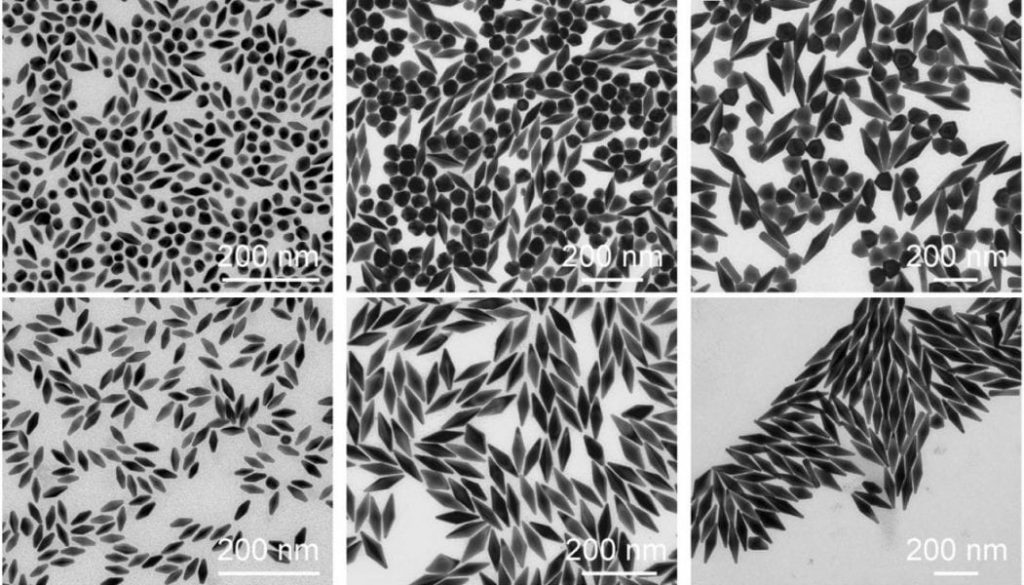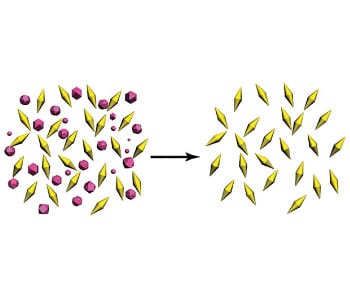 Gold nanocrystals possess localized surface plasmon resonances, a collective oscillation of electrons excited by the electric field of incident light. This gives them interesting properties, made more useful by the ability to tune the plasmon resonance wavelength, and has lead to the development of gold nanorods in particular for use in various optical, biotechnological, and medical applications.
Gold nanocrystals possess localized surface plasmon resonances, a collective oscillation of electrons excited by the electric field of incident light. This gives them interesting properties, made more useful by the ability to tune the plasmon resonance wavelength, and has lead to the development of gold nanorods in particular for use in various optical, biotechnological, and medical applications.
One of the main challenges in nanoparticle synthesis is to reduce as far as possible the polydispersity of the product. Recently, in one of the most downloaded papers for Advanced Optical Materials, researchers collaborating between Singapore and Hong Kong reported a trick to reduce the dispersity of a sample of gold nanobipyramids (NBPs) to zero, which they suggest can be readily scaled up to process large quanitites of particles.
Seed-mediated growth of NBPs produces a sample containing some amount of roughly spherical gold nanoparticles, traditionally, 40% or more of the sample by number. In this new method, the whole sample is overcoated with silver, centrifuged, and then redispersed with a controlled amount of surfactant. The silver-coated NBPs tend to aggregate and precipitate, while the spherical particles remain in the supernatant.
Once the silver was etched away from the collected NBPs, it was discovered that they had the same shapes and sizes as those directly grown from the seed solution. Importantly, this means that the desired product of the purification process can be predicted from the original synthesis. The plasmon resonance wavelength could also be tailored from around 700 to 1200 nm by adjusting the reaction conditions.
NBPs show significant advantages over gold nanorods, including a higher shape and size uniformity, narrower peak widths, and stronger electric-field enhancements. Gold nanobipyramids are therefore expected to be a better candidate for various plasmonic applications.
A discussion of the broad uses of various plasmonic nanoparticles can be found in a recent Advanced Optical Materials review, published as a part of our International Year of Light article series.

















